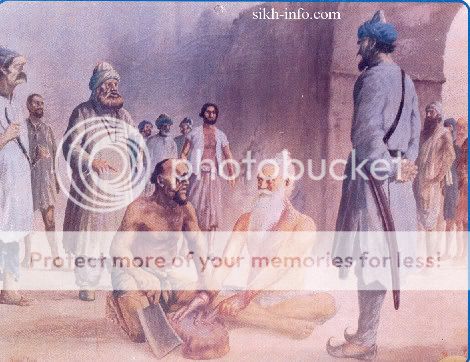What my 3rd grade class commented...in parts......
1. PEN is mightier than the sword....BUT some "writers" would rather use the Pen to STAB the others eyes with the nib....than to write...??? true ?? sometimes very right...lol..
Today it would be said..the KEYBOARD is mightier....but face to face it might just be that the keyboard may be used to smash someones face...lol...again entirely possible scenario as I have also personally witnessed where keyboards and monitors flew in a rage !!.
2. The RAHAO is like the Traffic Lights at a junction...STOP/PAUSE..and ponder...think...and then proceed.
BUT there may be HUNDREDS of MILES of Roads...and even JUNCTIONS...WITHOUT lights.....so do we ask....WHY ?? No Traffic Lights ?? why the need to ask ?? Do we "need" to stop/pause at such junctions ?? Is the absence of the "lights" a sign that one cna drive along BLINDLY ??? Or is it expected that in those places an ordinary and reasonable driver will proceed normally cautious..etc..BUT at JUNCTIONS considered CRITICAL..Traffic Lights are installed..where its MANDATORY to STOP..even if one thinks no need to stop as the roads are "empty" !!! IN a MIDNIGHT situation of empty roads..some drivers DO REALLY IGNORE and beat the RED LIGHT !!!,,,while others more Law abiding ones wait PATIENTLY...
SAME situation can be applied to GURBANI...we have to use...AAklleean SAHIB SEVEAH.... common sense and GURPARSAAD works much better than why this and why that...
Apologies for side tracking..BUT I get so much "commonsense" coming out of kiddie brains that I thought to share...pause..and ponder....before we proceed in this valuable learning experience...
1. PEN is mightier than the sword....BUT some "writers" would rather use the Pen to STAB the others eyes with the nib....than to write...??? true ?? sometimes very right...lol..
Today it would be said..the KEYBOARD is mightier....but face to face it might just be that the keyboard may be used to smash someones face...lol...again entirely possible scenario as I have also personally witnessed where keyboards and monitors flew in a rage !!.
2. The RAHAO is like the Traffic Lights at a junction...STOP/PAUSE..and ponder...think...and then proceed.
BUT there may be HUNDREDS of MILES of Roads...and even JUNCTIONS...WITHOUT lights.....so do we ask....WHY ?? No Traffic Lights ?? why the need to ask ?? Do we "need" to stop/pause at such junctions ?? Is the absence of the "lights" a sign that one cna drive along BLINDLY ??? Or is it expected that in those places an ordinary and reasonable driver will proceed normally cautious..etc..BUT at JUNCTIONS considered CRITICAL..Traffic Lights are installed..where its MANDATORY to STOP..even if one thinks no need to stop as the roads are "empty" !!! IN a MIDNIGHT situation of empty roads..some drivers DO REALLY IGNORE and beat the RED LIGHT !!!,,,while others more Law abiding ones wait PATIENTLY...
SAME situation can be applied to GURBANI...we have to use...AAklleean SAHIB SEVEAH.... common sense and GURPARSAAD works much better than why this and why that...
Apologies for side tracking..BUT I get so much "commonsense" coming out of kiddie brains that I thought to share...pause..and ponder....before we proceed in this valuable learning experience...





